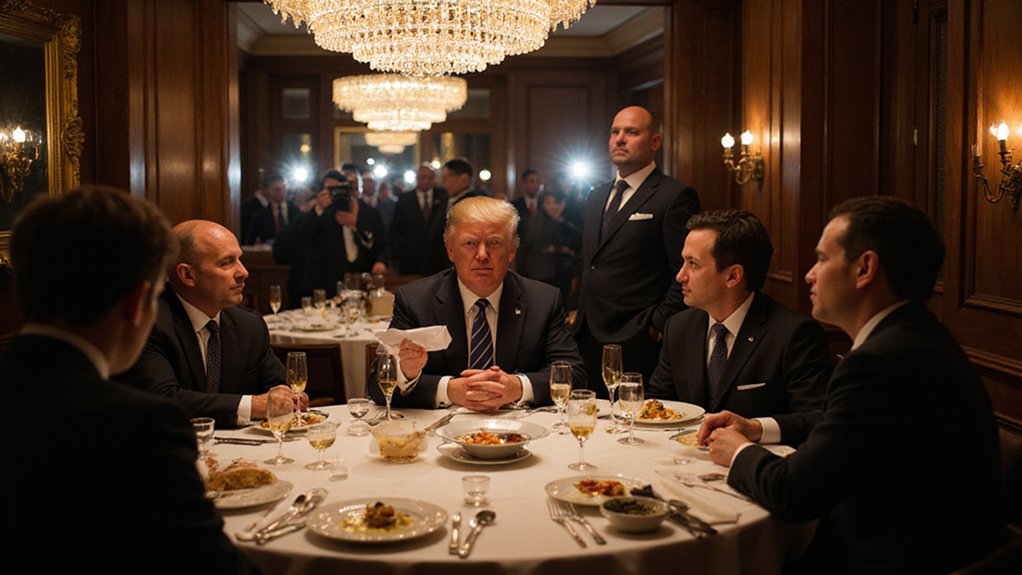While most presidential administrations content themselves with reshuffling the regulatory deck chairs, the Trump White House has revealed what it terms a “crypto blueprint”—a detailed framework that would fundamentally reposition the United States government from skeptical overseer to enthusiastic participant in the digital asset ecosystem.
The centerpiece involves establishing a National Digital Asset Reserve, transforming seized Bitcoin from auction fodder into strategic stockpile. Rather than liquidating confiscated crypto through traditional government sales, the Treasury would maintain these assets alongside conventional reserves like gold and oil. The Commerce Department would develop “budget-neutral strategies” for acquiring additional Bitcoin—a phrase that raises intriguing questions about creative accounting in the digital age.
The Treasury would hoard seized Bitcoin like digital gold, while Commerce pursues “budget-neutral” acquisition strategies through creative governmental accounting.
This policy shift carries notable implications for the nineteen White House officials who collectively hold between $875,000 and $2.35 million in cryptocurrencies. Their personal stakes in assets the government now proposes to champion creates an ethical landscape where public policy and private portfolios intersect with remarkable transparency (or remarkable audacity, depending on perspective). Among the holdings, sixteen staffers reported owning Bitcoin, making it the most popular digital asset within the administration.
The administration’s regulatory blueprint extends far beyond mere asset accumulation. Dubbed a “regulatory Bible,” this extensive framework addresses banking access, stablecoins, decentralized finance, and tax treatment while emphasizing innovation over restriction. The proposal urges Congress to pass the Digital Asset Market Clarity Act, granting the CFTC oversight of spot markets for non-security digital assets—finally providing jurisdictional clarity to an industry that has navigated regulatory ambiguity for years. David Sacks was appointed as White House artificial intelligence and crypto czar to help implement these regulatory changes.
Perhaps most ambitious is the integration proposal for mainstream financial products. The blueprint envisions cryptocurrency within 401(k) retirement plans and mortgage underwriting processes, potentially normalizing digital assets as collateral for homebuying—a development that would have seemed fantastical mere years ago. These developments align with growing institutional adoption trends that have strengthened throughout 2025 as regulatory frameworks provide clearer guidance for traditional financial institutions.
Yet the central promise remains contingent on legislative approval and bureaucratic implementation. The reserve’s composition depends primarily on seized government assets, making its ultimate size subject to law enforcement success rather than strategic planning.
Whether this blueprint represents visionary policy or elaborate political theater depends largely on Congress’s willingness to transform ambitious proposals into actionable legislation—a transformation that historically proves more challenging than initial proclamations suggest.









